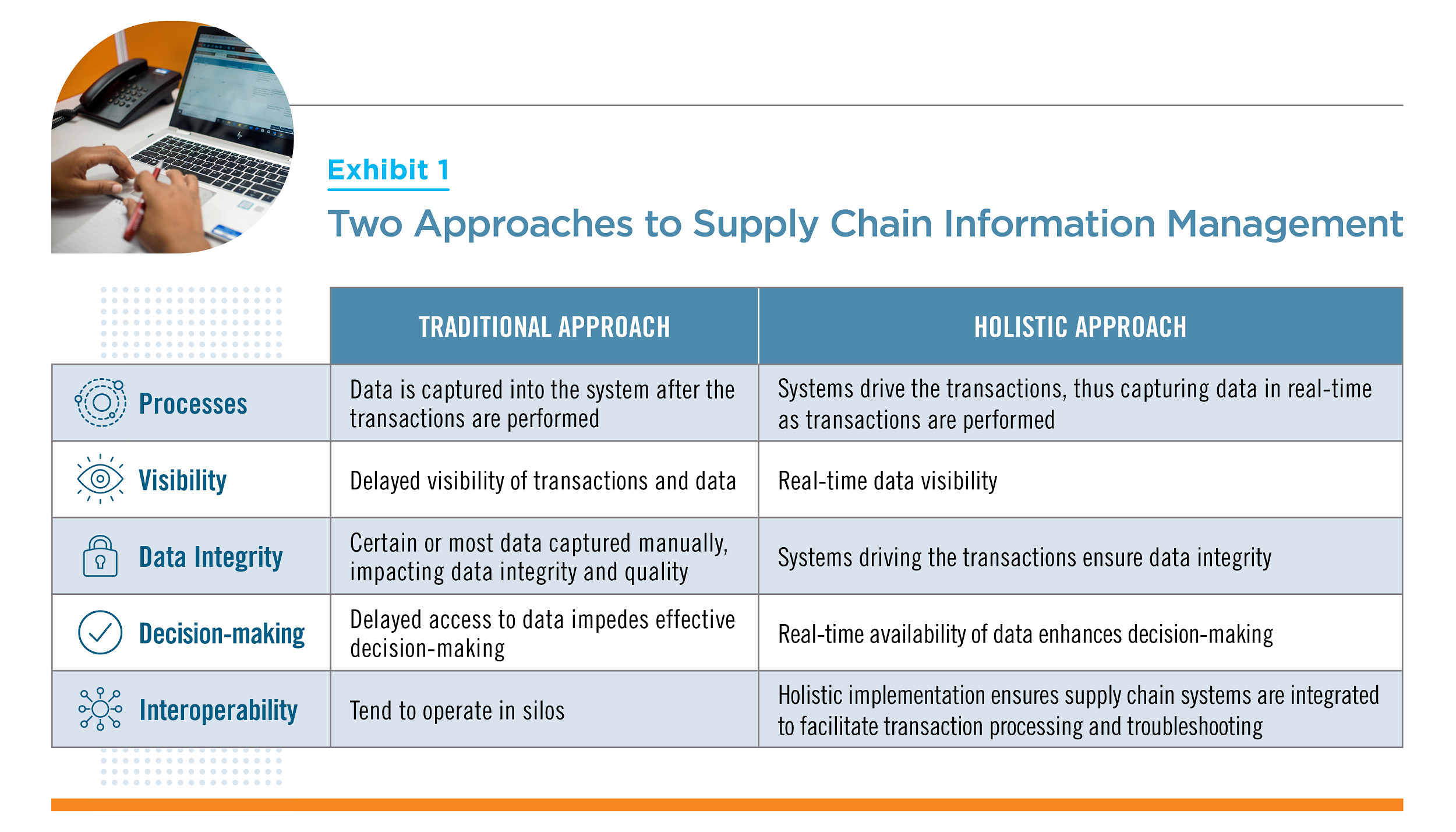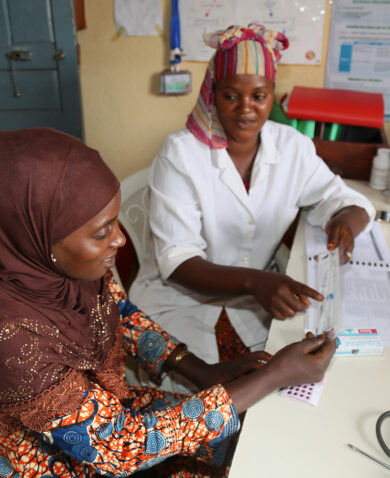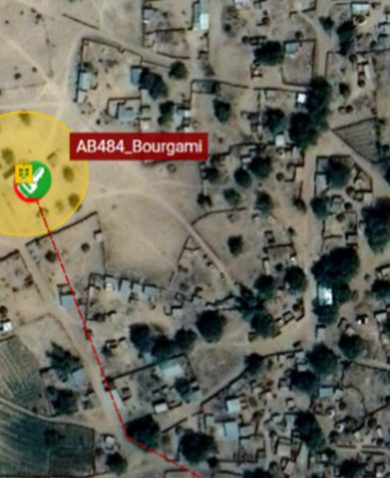In Rwanda, through GHSC-PSM, we worked with the Ministry of Health to leverage the SCISMM to assess the current state of the country’s national supply chain information system. This process highlighted gaps in attaining end-to-end visibility, including the harmonization of Product Master Data Management for health commodities with Global Standards (GS1)-based attributes. Based on this 2019 assessment, the Rwandan government chose to prioritize foundational system capabilities such as master data management and analytics and approved implementation of a national product catalog (NPC) for health product master data management. The NPC helps to uniformly identify health products in both public and private supply chains, enabling product tracing from the point of manufacturer until health service delivery points and combating the risk posed by counterfeit products.
“The Supply Chain Information System Maturity Model was very useful in shaping results of the assessment of public health supply chain information systems in Rwanda,” said GHSC-PSM Electronic Logistics Management Information System Technical Lead Vincent Sabagirirwa, “which enabled the Ministry of Health to appropriately prioritize activities.” Throughout 2020, we have been enthusiastic about continuing progress towards implementing NPC across the supply chain, increasing visibility and regulatory capacity of the Rwanda Ministry of Health to implement traceability and verification of pharmaceutical commodities.
GHSC-PSM continues to revise USAID’s SCISMM based on these and other countries’ perspectives and use cases. For governments, funders, and implementing partners, the SCISMM can help steer investment into the most needed areas – which is even more critical for the often resource-constrained public health sector where efficient and effective processes and systems could mean the difference between health service delivery points receiving the commodities they need or coming up short.
For additional details about the Supply Chain Information System Maturity Model, please contact sjayaprakash@ghsc-psm.org and jmiller@ghsc-psm.org.
*Banner image caption: Pharmacists at Goaso Municipal Hospital in Ghana entering consumption data on the GhiLMIS system.
Posts on the blog represent the views of the authors and do not necessarily represent the views of Chemonics.





















